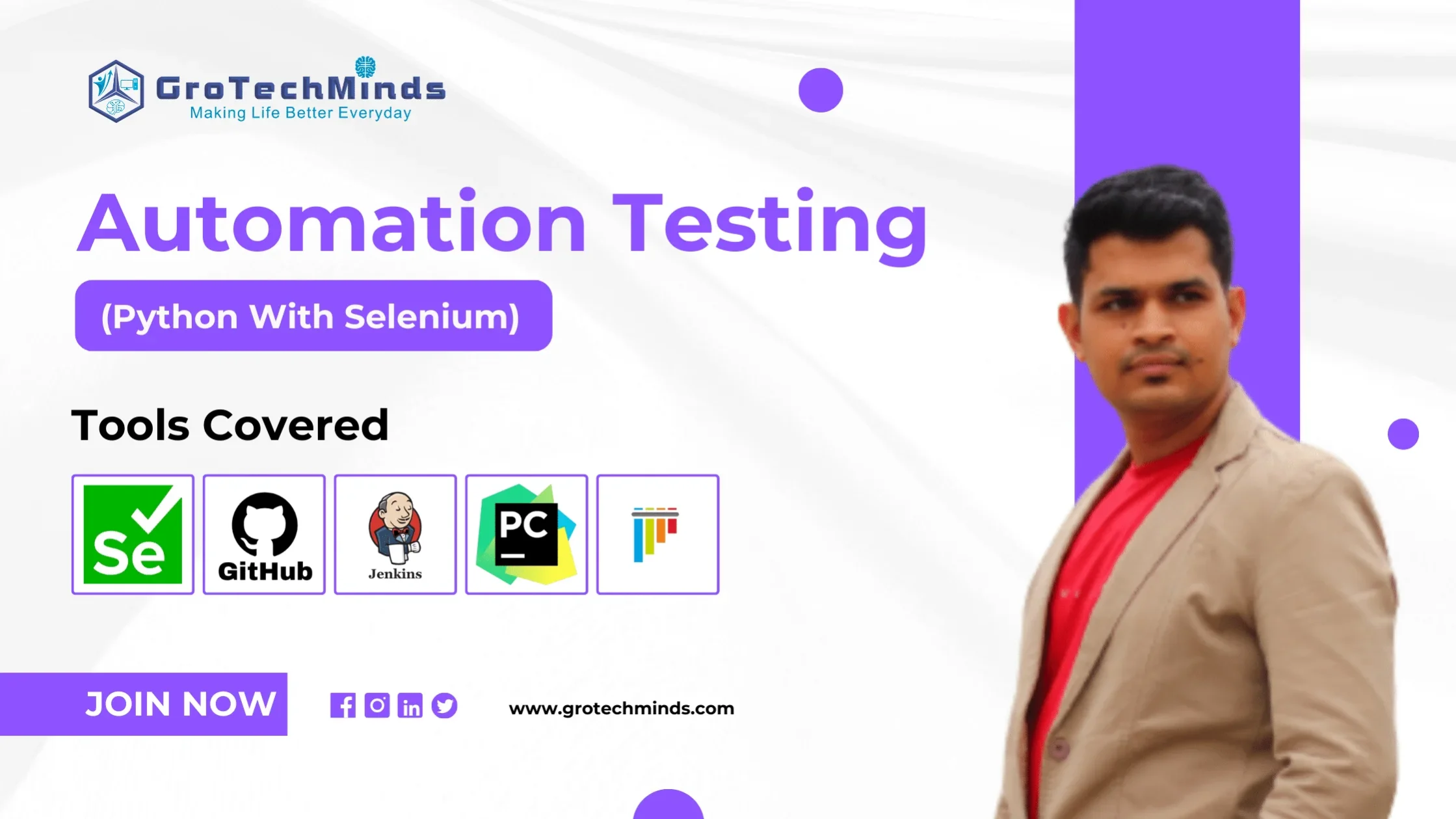
Test Automation Best Practices
Test automation is specialised testing software that enables software engineers to execute tests more quickly and with fewer failures. The use of machine learning minimises the amount of human hours necessary to run tests.
Practices for test automation are also continuously evolving. For a long time, regression and functional testing have been delegated to automation software to save time and allow you to focus on the qualitative crunch work.
Many teams in agile organisations are already using test automation. It can boost team and individual workplace productivity, but it must be used correctly to produce the best outcomes.
Automation testing tools powered by AI
Artificial intelligence is one of the most recent advancements in test automation. AI technology is the future of testing since it can supplement human testers by replacing redundant tasks with intelligent tools.
Machine learning allows AI to examine massive amounts of data rapidly and thoroughly. While traditional automation tools require engineers to precisely define all tests before they can be automated, AI-powered systems can automatically find previously unnoticed patterns in test data.
At present time, AI will not replace automation engineers, but it will give them test data that will improve the accuracy of their testing methodologies. Here are a couple such examples:
AI-powered technologies can help QA departments analyse hundreds of APIs. This allows testers to focus more on expanding their toolkits by adding new tests and improving old ones, rather than going through each step one at a time, which takes time.
The deployment of functional testing of mobile and online applications is a prominent test case. Functional testing verifies whether software meets planned specifications by feeding in input and analysing the output regardless of underlying structure.
It is widely considered as laborious and time-consuming, making it an ideal environment for AI and machine learning algorithms to thrive.
Artificial intelligence can also be used to validate visual elements to guarantee that user interfaces appear correctly. AI assists in this area by ensuring that each UI element, such as the right shape, position, size, or colour, adheres to preset standards.
It eliminates human error.
AI can even see variances that human testers might overlook, such as slightly off-kilter pixel alignment or a discrepancy in a color’s hex code.
In the correct conditions, humans can construct more reliable AI test automation that eliminates the chance of human error.
Automation of tests in the cloud
The emergence of cloud-based technologies is another important trend in test automation. This current infrastructure contributes to increased testing coverage by exchanging data and resources across various computing devices with less administration work.
One of the primary advantages of cloud-based testing is that it allows for more efficient resource distribution among teams, which increases team communication.
It stores and safeguards sensitive data within its architecture without the requirement for physical firmware scaling. It also improves efficiency by doing regular data backups, which decreases the time required for retrieval.
Cloud-based test automation in the context of automation testing incorporates third-party cloud apps that provide their own infrastructure to perform tests. These tests evaluate the security, dependability, performance, and scalability of websites.
This is done without regard for physical limits, test costs, geographical limitations, or budget issues.
Furthermore, the advantages of employing cloud-based services extend to cloud test automation, such as faster turnaround times and the flexibility to perform testing across many devices.
Why is cloud-based testing gaining popularity?
Every year, new technologies emerge to disrupt the ever-changing corporate scene. According to Emergent Research and Intuit, by 2020, around 80% of American small businesses will have deployed cloud computing.
It is not a secret. The rise of cloud-based solutions underlines the need for organisations to keep up with these technologies in order to avoid falling behind and stagnating in an ever-growing market.
This shift to cloud-based technology remains true for organisations dealing with test automation. The most important reason for this is that a cloud-based test grid allows developers and quality analysts to run several tests in parallel, reducing human hours dramatically.
There is essentially no limit to how much you can execute and test using cloud-based infrastructure. This holds true throughout the software development cycle, boosting the quality and efficiency of output delivery at each stage.
What are the advantages of cloud testing?
Test automation solutions exist in significantly different strata in on-premise testing sites and cloud-based locations. People aren’t making the leap just because cloud computing is a new product. It has valid features that set it apart from on-premise testing.
Here are some of its advantages:
Cloud-based testing automation solutions are available 24 hours a day, seven days a week. This allows teams distributed across different geographical zones to access resources at any time.
In contrast to cross-browser testing on a grid, on-premise equipment can be simply terminated in terms of scalability. This reduces costs for business owners while also minimising downtime.
Third-party tools can be integrated into cloud-based testing platforms. This can help you prioritise testing, manage projects, track major errors, and so on.
Cloud-based software eliminates the need for teams to share resources and infrastructure, resulting in team delays.
The costs associated with cloud-based test automation tools are lower. These cloud infrastructures provide price options that are tailored to your company’s capacity and allow you to customise as needed.
Conclusion
We’ve only touched the surface of the reasons why cloud test automation is becoming more popular. However, given the rate at which it is evolving, its magnitude is nothing to laugh at.
Whether you’re on the fence about cloud technology or a firm believer in it, cloud-based test automation is transforming the way businesses operate.
It’s not only about modest QA enhancements; its impact extends across the entire business cycle, from development to management to marketing.
GroTechMinds is the best institute to learn automation testing,and we are the only institute where we offer a real-time project while learning the automation testing course. If you are passionate about the automation testing course, we are sure you can enrich your knowledge through the GroTechMinds Online Automation Testing course. Join GroTechMinds today to become a successful automation tester and start your automation learning journey.
Consult Us


















